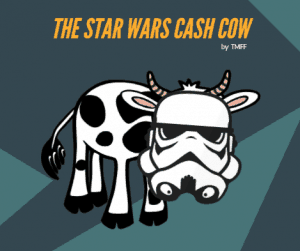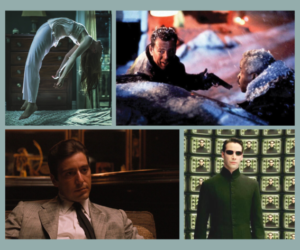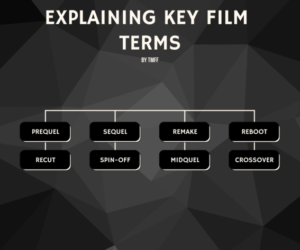A few months ago, we talked extensively about the money-making machine that the Star Wars franchise started to be (again) shortly after it was acquired by Disney, and started rolling out sequels, spin-offs and TV series plans. Back then, we were still in a The Last Jedi mood, but only a dozen or so weeks into the future, we’re anticipating the release of the second spin-off film. While Rogue One was marketed as the bridge between Episode III and the Original Trilogy, ending where Episode IV began, the newest installment tried something else. Set 10 years before Episode IV, it explores a young Han Solo’s adventures before bumping into Leia and Luke. While Rogue One did indeed feature a completely different cast of characters, it was still very much connected to the Skywalker story. Well, for the first time in the Star Wars film saga, Solo: A Star Wars Story has nothing to do with the Skywalker plot. And the change in content also determined a shift in the marketing style employed.
Later is better, right?
Remember the whole ‘Star Wars is back’ hype of 2015? I certainly do. The trailer for The Force Awakens landed way before the release of the film in December 2015, paving the way for a lot of enthusiasm building and an infinity of speculation points. The first teaser for The Last Jedi was uploaded in April 2017, roughly eight months before the release of the film. In contrast, the marketing of Solo started only about three months before the release date of 25 May 2018. Sure, that might have had something to do with rumours stating that due to differences of opinion in its production, 80% of the film was re-shot as a result. But it also serves to more or less unwillingly show another facet of blockbuster marketing. If Solo ends up making a lot of money (and I don’t see that not happening), it will mean that there’s nothing wrong with waiting for a full year to promote your film before releasing it. Sure, the previous Star Wars hype hasn’t completely died down, since The Last Jedi was still in theatres until very recently, but that might not be the only contributing factor. If Solo is a hit, it will clearly spell out that hardcore fans will throw money at you even if you keep the treat a secret until the last minute. Sure, don’t do a Cloverfield Paradox, be reasonable, but not too reasonable.
Focus on the stars
As many publications pointed out once the poster for Solo was released, there was one notable change when compared to all other Star Wars posters that came before. For the first time in history, a Star Wars poster had the name of the main actors situated above the main title – Woody Harrelson, Emilia Clarke and Alden Ehrenreich all appear on top, instead of in the bottom small print, as used to be the case until a couple of months ago. The collection of names is certainly impressive, but not any more than, for instance, Harrison Ford, Mark Hamill and Carrie Fisher would have been for The Force Awakens – especially for Star Wars fans. So maybe Disney was going for a mixed strategy here: appeal to the Star Wars fans by placing ‘Solo’ in huge font right in the middle, but also maybe appeal to non-fans who have seen and liked Emilia Clarke in Game of Thrones, or Woody Harrelson in True Detective and Three Billboards. Does that mean the marketing of The Last Jedi didn’t really perform as expected – despite ending up as the highest grossing film of the year? Does it mean that Disney are experimenting the added benefits of highlighting star power – as many blockbusters nowadays do? Let’s sit back and find out!
















